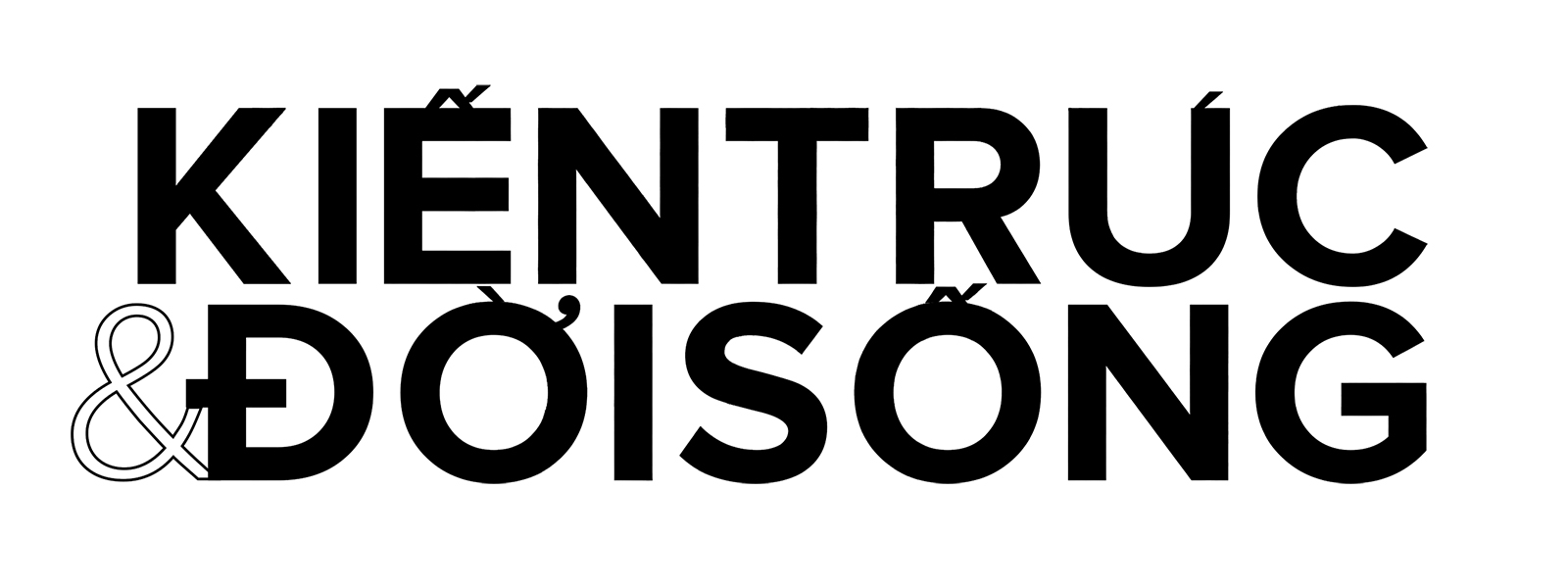The Hoi An Center for Monuments Management and Preservation has completed a survey and announced a list of 80 ancient wells in Hoi An, the ancient town bathed in the glistening lights of colored lanterns and surrounded by ancient heritages in the central province of Quang Nam. The authorities then initiated plans to preserve the relics that are hundreds of years old and a part of the spiritual life of Hoi An residents.
Among them, Ba Le Well is one of the most famous ancient wells of the Cham people in Hoi An. It was dug around the 10th century and its mouth is square. As are other wells in town, Ba Le Well is clear and sweet and does not run dry even in the harsh dry season.  In the twentieth century, a man named Ba Le spent his own money to restore the well. Most residents take water from this well for daily cooking.
In the twentieth century, a man named Ba Le spent his own money to restore the well. Most residents take water from this well for daily cooking.
The water from ancient wells is a special ingredient in Hoi An culinary specialties like cao lau (noodles with roasted pork) and mi quang (local-style noodles).
“Without Ba Le Well water, xi ma (a traditional sweet soup) is tasteless,” said Ngo Thieu who has spent 60 years as xi ma vendor. Some residents believe that the well’s water should be used only for making tea and for cooking, not for bathing and washing as it is sacred water.
The water is used to serve tourists. On Nguyen Thai Hoc Street, on the way to the well, there is a water pot labeled “Well water for tourists” and it gets a lot of attention and curiosity.
Ancient wells are regarded as a link between Vietnamese and Cham people. They often have round tops and square bottoms, a design regarded by researchers as a Cham invention predating the 15th century. In general, all wells are made of bricks at the top and have square wood frames at the bottom. The frames are designed to make the wells stable and durable and to prevent their collapse. Bricks are stacked without using cement to allow leaks so that underground water can flow in and maintain water levels, said Nguyen Chi Trung, director of the Hoi An Center for Monuments Management and Preservation. He added that ancient wells were part of a tangible heritage and should be preserved as other relics.
By Truong Chi in Hoi An
- HCM City to host two exhibitions on construction industry
- HCMC to become metropolis by 2020: draft report
- New decree offers displaced residents compensation deal
- Ex-minister urges skeptical attitude toward foreign promoters’ claims
- Highly-leveraged, giant Hanoi real estate projects stall for lack of funds
- Vietnam to modernize land management system
- Experts surprised by audacity of proposed Hanoi master plan
- Clearance problems delay Ha Noi projects
- Phu My Hung Corporation set to start work on mall project
- HCM City seeks infrastructure cash




























